Description
Yokogawa SAI143-H63: Your 16-Channel Analog Signal Anchor for Critical Processes
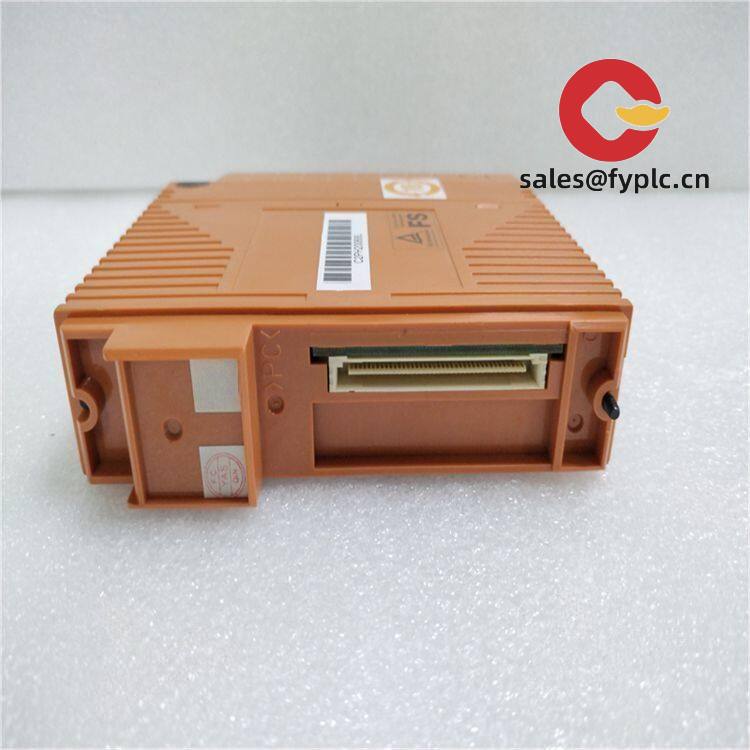
When your process needs rock-solid analog signals—think pharmaceutical batch reactions or refinery temperature loops—you’ll typically want something that won’t flinch during voltage dips or ambient heat spikes. That’s where the SAI143-H63 shines. From my experience troubleshooting field devices in chemical plants, this module handles messy real-world conditions better than most analog input cards I’ve seen. One thing I appreciate? It quietly processes 16 channels of 4-20mA signals while playing nice with HART communicators—no extra interface needed. You might notice that in pulp mills, operators skip calibration headaches because Yokogawa’s internal diagnostics flag drift before it becomes a runaway reaction.
Why Field Engineers Keep This Module in Their Spares Cabinet
- HART-over-analog transparency – Pull device diagnostics without interrupting control signals. In many cases, this means avoiding unscheduled shutdowns when a thermowell starts clogging.
- Redundant 24VDC power acceptance – Keeps running during brief outages. A client in Texas told me this saved their ethylene cracker during a lightning strike last monsoon season.
- ±0.05% basic accuracy – Tighter than most competitors. For custody transfer applications, that tiny margin prevents million-dollar reconciliation gaps.
- Hot-swap capable – Replace modules without killing the whole rack. You’ll want this during ammonia plant turnarounds when every minute counts.
Technical Reality Check (No Marketing Fluff)
| Parameter | Specification |
|---|---|
| Brand/Model | Yokogawa SAI143-H63 |
| HS Code | 8538.90.00 (Electrical apparatus for switchboards) |
| Power Requirements | 24VDC dual redundant (18-32V range), 1.2A max per module |
| Dimensions & Weight | 110 x 140 x 105mm, 480g (fits standard 19″ rack) |
| Operating Temperature | -20°C to 60°C (derate above 45°C) |
| Signal Input/Output | 16-ch 4-20mA w/HART, 16-bit resolution |
| Communication Interfaces | Vnet/IP (Yokogawa proprietary), supports FCS bus |
| Installation Method | DIN-rail mount in IEC 60297-3 compliant cabinets |
Where It Actually Gets Dirty
You’ll find these humming inside CENTUM VP systems at LNG terminals monitoring cryogenic valve positions—where a single mA drift could trigger a $250k/hour shutdown. In bioreactor farms, they handle pH and dissolved oxygen signals that make or break vaccine batches. One wastewater plant engineer confessed they’d rather use these than “cheaper” modules because during monsoon season, the SAI143-H63’s galvanic isolation stops ground loops from turning their SCADA screens into static snow. While not the cheapest option, it’s the one reliability managers stockpile when expanding sulfur recovery units.
Your Procurement Team Will Appreciate This
Let’s be real—nobody buys these for fun. But when your controller rack needs to last 15 years without spares runs, Yokogawa’s ecosystem pays off. Compatibility with legacy YS1700 systems means no rip-and-replace trauma during brownfield upgrades. The 365-day warranty covers field failures (not lightning strikes, obviously), and firmware updates come through CENTUM’s engineering station—no USB drives in classified zones. A refinery procurement manager told me: “The $1,200 module cost disappears when it prevents one unplanned shutdown.” You’ll typically see 30% lower lifetime costs versus modular competitors once you factor in reduced calibration labor.
Installation & Maintenance Reality
Mount it in a NEMA 4X cabinet with at least 50mm clearance above/below for convection cooling—those Texas refineries learned the hard way about dust buildup near cooling vents. Wire inputs with shielded twisted pair (drain to cabinet ground), and avoid sharing conduits with VFDs. For maintenance? Check terminal torque quarterly (0.5 Nm), blow out dust with dry air annually, and run the built-in loop test during turnarounds. One caveat: HART diagnostics require configuration via PRM software—it won’t magically talk to your handheld without setup. Skip the “set and forget” mentality; these want attention like a race car engine.
Procurement Notes You Won’t Find in Brochures
We ship in-stock units in 1 week (max 4 weeks for backorders). Payment’s 50% upfront via wire, balance before FedEx/UPS/DHL dispatch. No credit cards for first-time buyers—sorry, but we’ve been burned too many times with customs holds. All units ship with CE, UL 61010-1, and IECEx certifications; RoHS compliance is baked in since 2018. Warranty covers defects but not “oops I wired 240V to the input” moments. Pro tip: Order spares during project commissioning—lead times balloon when everyone’s scrambling for the same module during turnaround season.


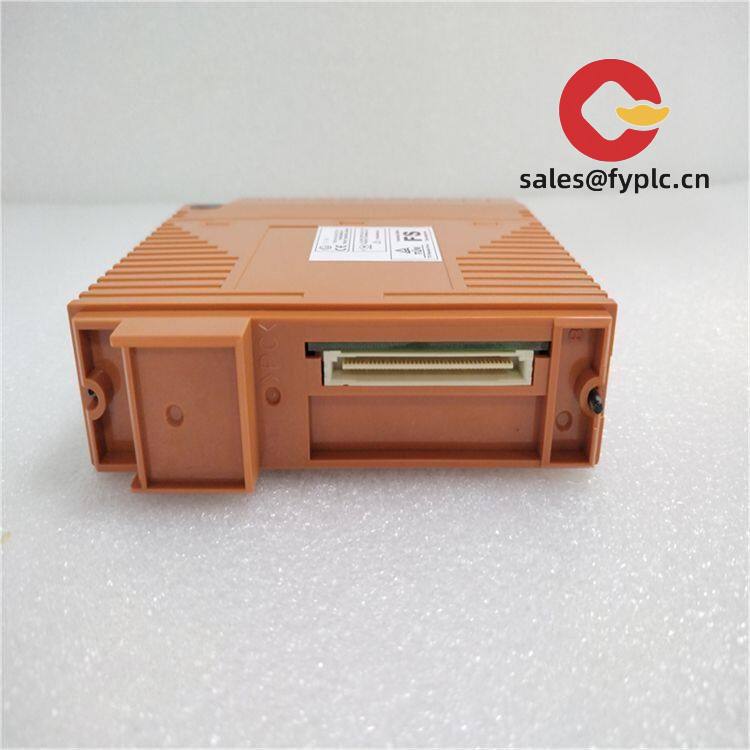

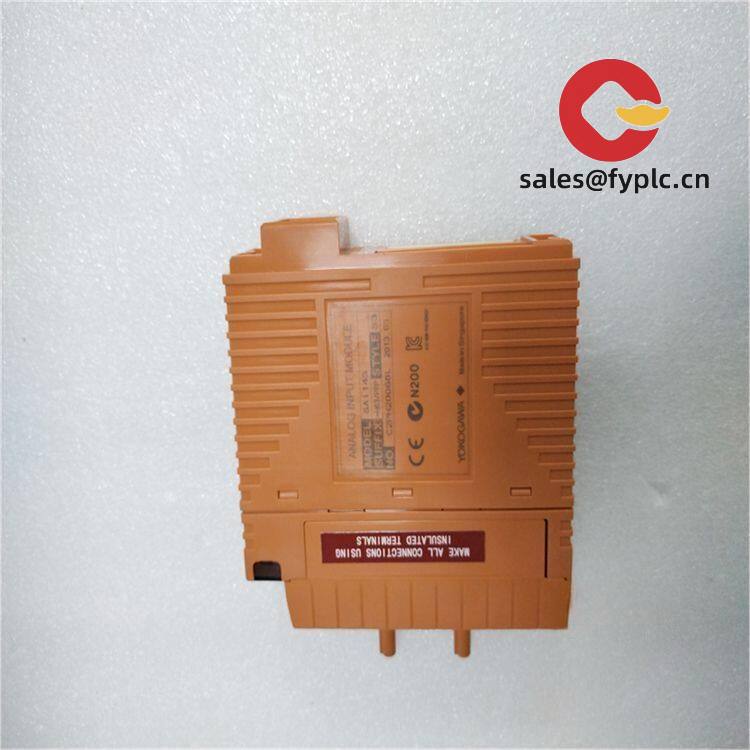


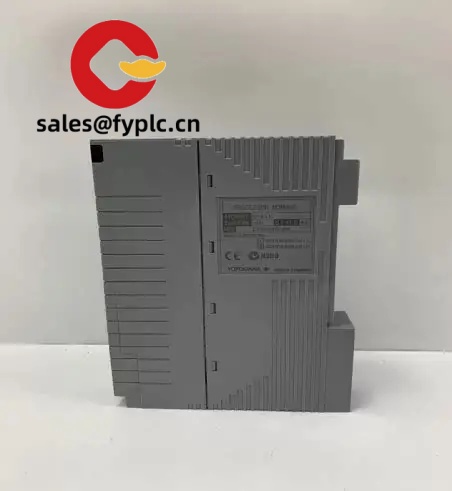
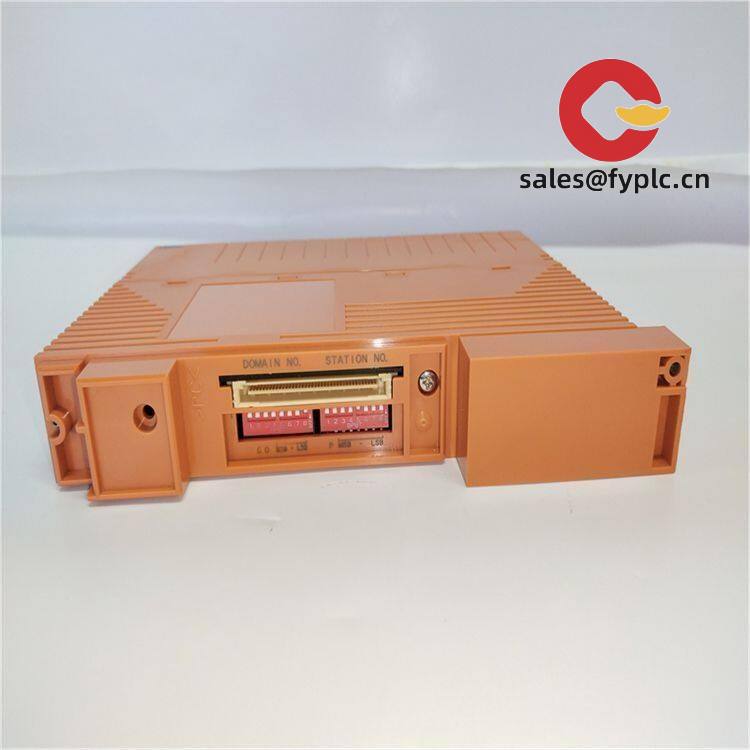
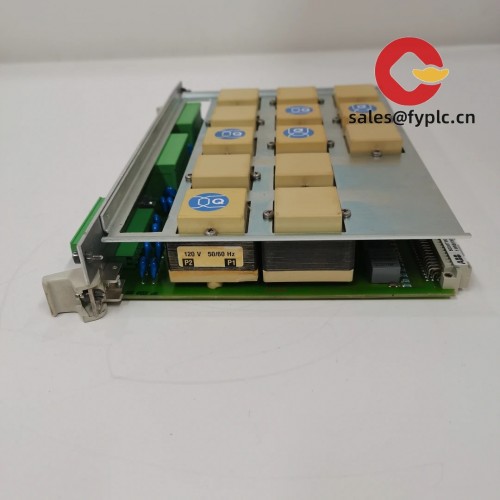
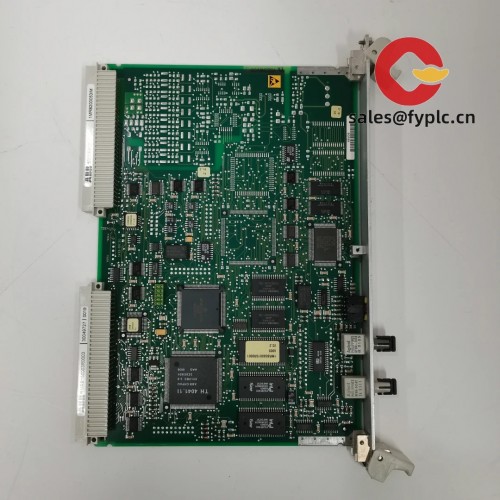
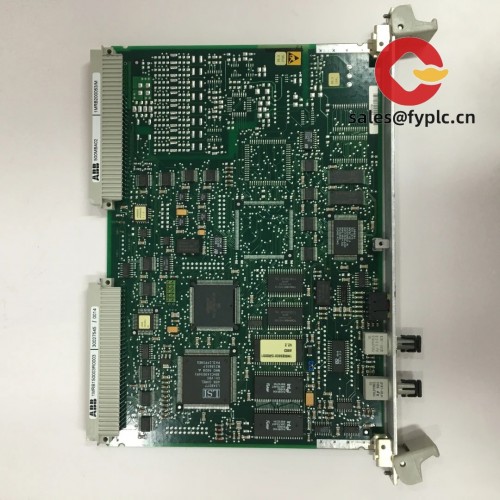
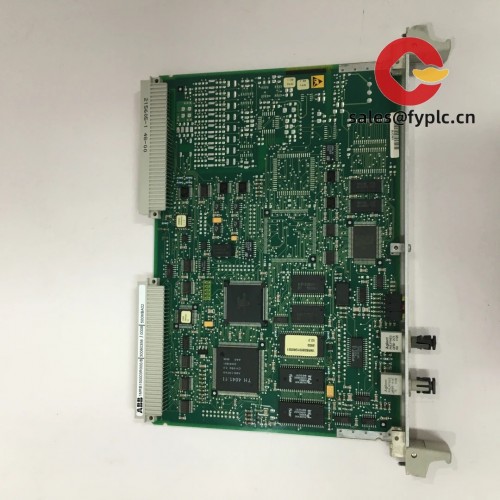
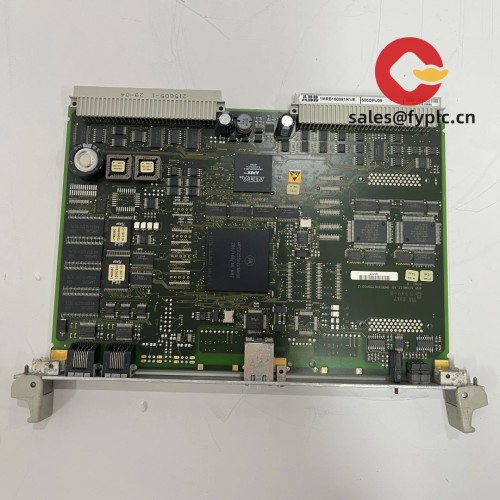


Reviews
There are no reviews yet.